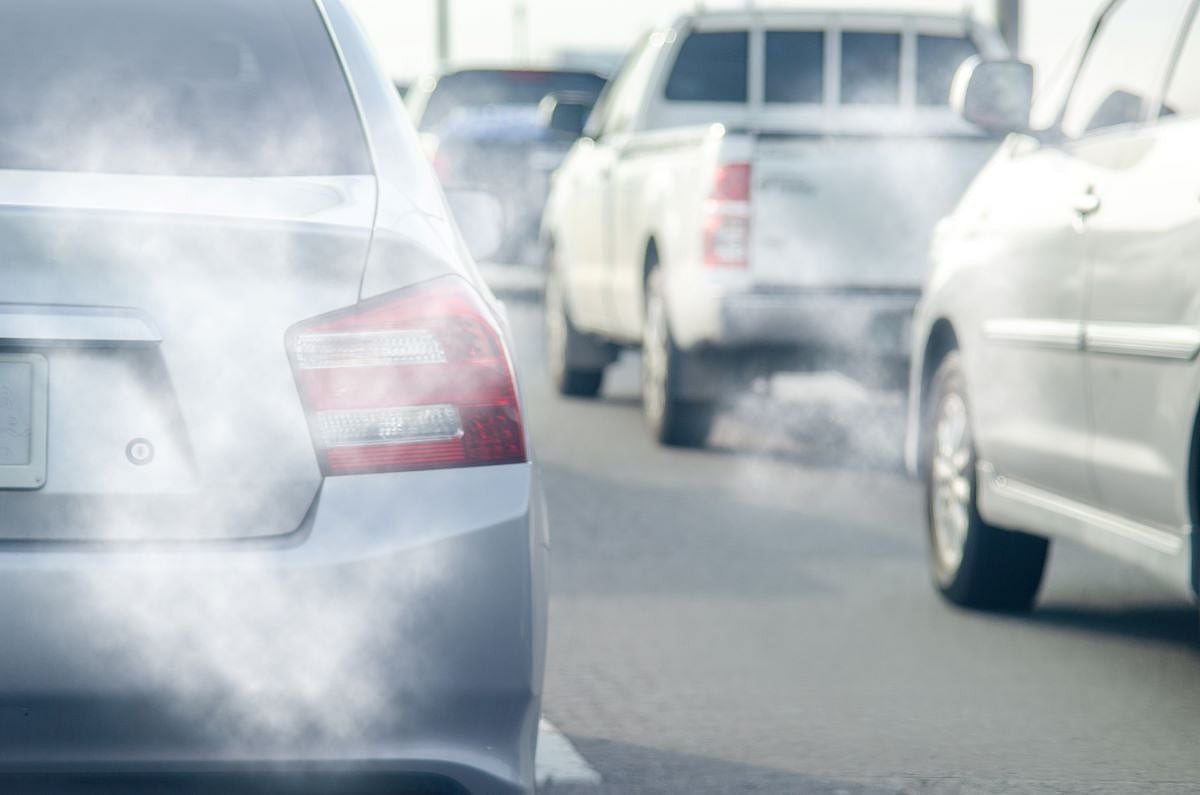(330) 876-1228
8507 Main StreetKinsman, OH 44428
(330) 876-1229

Even air pollution levels considered safe by U.S. standards appear to cause differences in the brains of growing children, a new review suggests.
"We're seeing differences in brain outcomes between children with higher levels of pollution exposure versus lower levels of pollution exposure," said corresponding author Camelia Hostinar, an associate professor of psychology at the University of California, Davis.
In all, she and her colleagues reviewed 40 studies. Most linked outdoor air pollution with differences in children's brains, including the amount of the brain's "white matter."
These differences affect thinking skills and may even be early markers for Alzheimer's.
Because their brains are still developing, air pollution poses a special risk to kids and teens. Relative to their weight, they absorb more contaminants than adults, researchers explained.
As such, the authors called on parents and policymakers to add air filters to homes and schools near freeways to protect children from outdoor air pollutants. They urged other researchers to incorporate air quality measures into studies related to brain health and other health outcomes.
The new review looked at research from the United States, Mexico, Europe, Asia and Australia that compared pollution levels with brain outcomes at various ages, from newborns to age 18. Some relied on brain imaging. Some looked at chemical changes in the body that affect brain function. Others looked for tumors in the brain and central nervous system.
Each study linked air quality measures to children's neighborhood or address, and brain differences were seen in highly polluted areas as well as those that met local air-quality standards.
Research from Mexico City found striking differences in brain structure in a comparison of kids from low- and high-pollution areas.
"A lot of these studies include children in places with air pollutant levels that are well below limits set by U.S. or European regulations," said co-study author Anna Parenteau, a doctoral student in psychology.
Pollution came from wildfires, coal-fired plants and many other sources.
The findings were published recently in the journal Developmental Cognitive Neuroscience.
"We can't necessarily apply the findings from adults and assume that it's going to be the same for children," said study co-author Johnna Swartz, an associate professor of human ecology. "We also have to look at more developmental windows because that might be really important in terms of how air pollution might impact these brain outcomes."
Anthony Wexler, director of the Air Quality Research Center at UC Davis, said many researchers have discounted environmental contributors to such brain-related issues as autism and Alzheimer's.
"They argued that it's genetic or some other factor other than exposure to air pollution," he said. "That's changed a lot recently because of all this research literature."
More information
Trends in Neurosciences has more about air pollution and brain development.
SOURCE: University of California, Davis, news release, Oct. 1, 2024
